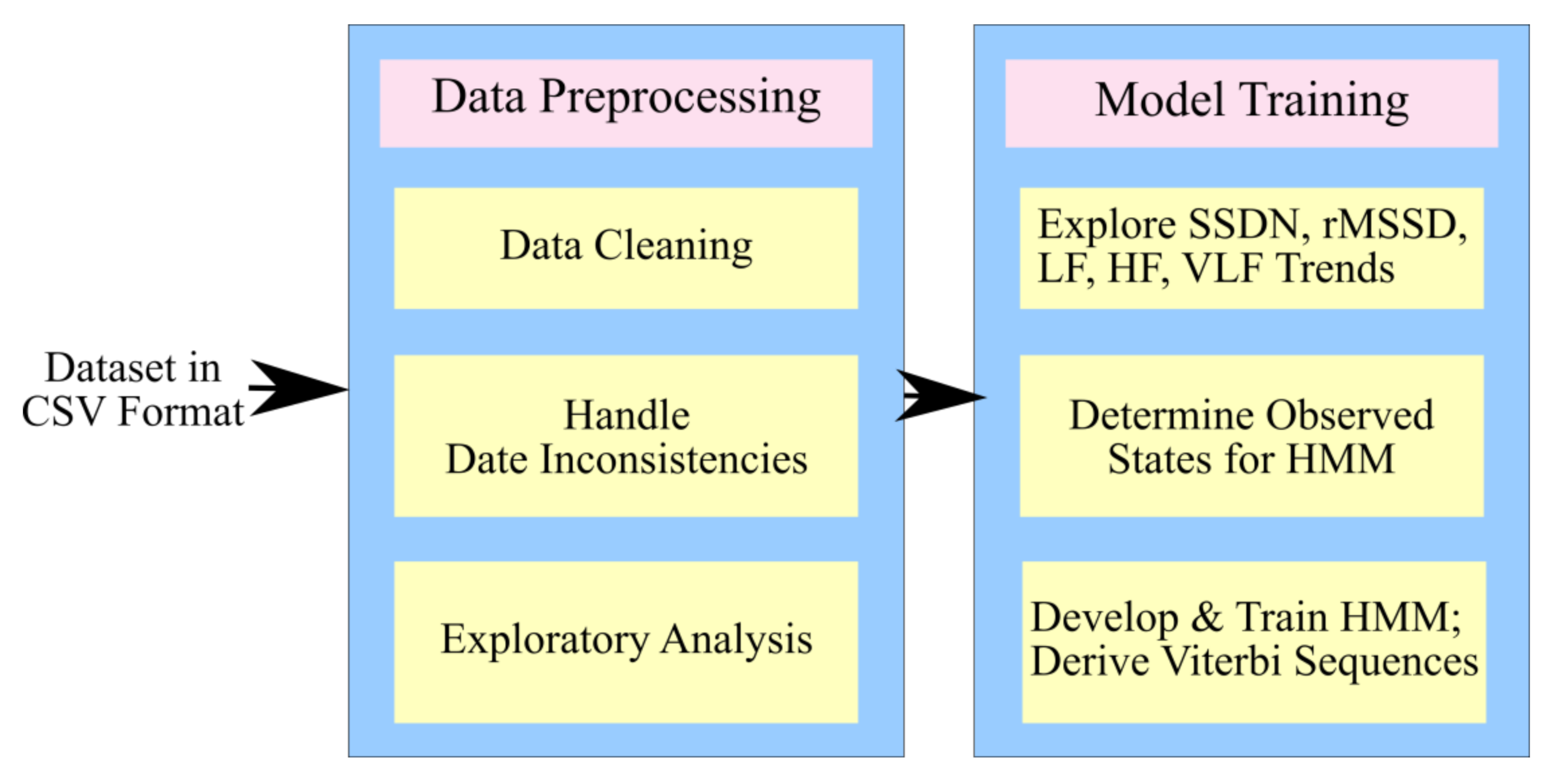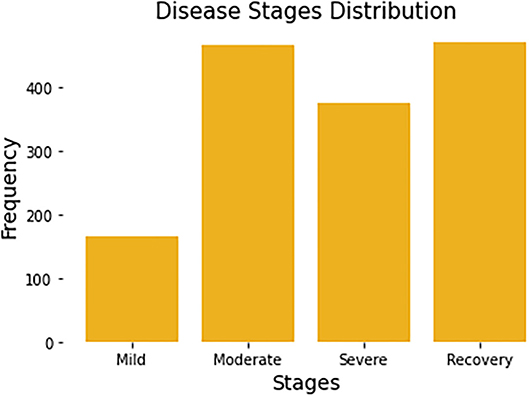The open COVID-19 research was carried out in 2020 year by the Welltory team to detect patterns regarding the COVID-19 disease; progression and recovery.
As part of the research, our users with positive COVID-19 status tracked their symptoms, heart rate variability, and data with the Welltory app.
We have organized open research on a non-commercial basis because we believe that only all together we can fight the COVID-19 pandemic.
-
Heart rate variability measurements. Measurements were made with any Bluetooth-enabled heart rate monitor or with a smartphone camera with a high resolution - a method called Photoplethysmography (PPG). It is a simple optical technique used to detect blood volume changes in the microvascular bed of tissue to track the heartbeat. To read more about PPG - look into Welltory’s research Smartphone PPG: signal processing, quality assessment, and impact on HRV parameters. To know how Welltory preprocesses signals, follow our research Wavelet Analysis And Self-Similarity Of Photoplethysmography Signals For HRV Estimation And Quality Assessment
-
Data from user-connected gadgets including devices such as Apple Watch and Garmin that sync with Google Fit or Apple Health.
-
Clinically validated physical and mental health assessments. We created a feature specifically for this project, where people would add information about symptoms and test results.
We released a collected data set to researchers were to study patterns which ought to predict symptoms. The Welltory team is now happy to announce that this data is accessible to anyone who seeks to do scientific research.
The data in CSV format here on Github
Also, here is a list of supported data types
Based on collected data, a study was created by a group of scientists from India and Korea: Pre-Emption of Affliction Severity Using HRV Measurements from a Smart Wearable; Case-Study on SARS-Cov-2 Symptoms.
One more research group from The George Washington University (Washington, DC, United States) and Meharry Medical College (Nashville, TN, United States) used this dataset in the study When Patients Recover From COVID-19: Data-Driven Insights From Wearable Technologies
Another group of researchers from Portugal, United Arab Emirates, and Palestine used this dataset in the study Wearable Devices, Smartphones, and Interpretable Artificial Intelligence in Combating COVID-19
The Welltory team also published research: Heart Rate Variability as a Prospective Predictor of Early COVID-19 Symptoms.
This study examined the cardiac autonomic responses, as measured by HRV before, after, and while suffering from coronavirus disease (COVID-19). In this study, we used beat interval data extracted from the Welltory app from 14 eligible subjects.
- Welltory’s leading technology measures HRV that powers an app with over 3.5 million international users.
- The research is both remote and easy to access. No hospital visits and no extra gadgets are needed as anyone can measure their HRV at home with their smartphone.
Our mission is to help people improve their health and boost their immune systems. We believe that heart rate variability monitoring is one of the most powerful tools available to achieve that. We created a platform that collects and further people’s health with the help of smartwatches or smartphones.
- It is a reliable and well-studied scientific health monitoring tool. It was applied in more than 25,000 research projects published on Pubmed.
- A lot of research confirms that there is a connection between HRV and the level of everyday stress, fitness activities, chronic illnesses, etc.
- HRV method of health monitoring was used for decades by healthcare professionals, pro athletes, and astronauts.
- We anonymized all participants' data. It does not contain names, email addresses, or any other identifiable information.
- The data is secure. Personal information of our users is and shall never be shared or sold.
These are some ways HRV can be used:
- COVID-19 patterns
- Early diagnostics
- Psychosomatic detection
- Response to treatment
- Signs of recovery
- Identifying critical conditions
In the Alternative At-Home Test For Coronavirus: Heart Rate Variability blog post blog post we explained how you can trace and analyze heart rate variability while suffering from COVID-19.
We wish to express our deepest gratitude to all participants who have contributed to this project. It was a pleasure to work with such bright, intelligent and self dedicated people. Thank you for everything you've done and all the incredible work.
- Harvard Medical School
- Charité Universitätsmedizin Berlin
- University of Eastern Finland
- University of Hawaii
- University of São Paulo
- Texas A&M Corpus Christi
- Freie Universität Berlin
- Chang Gung Univesity
- Universidad Continental
- Amity University
- University of Coimbra
- The University of Sharjah
- Palestine Ahliya University
- University of Michigan
- Vrije Universiteit Amsterdam
- Taiwan National Central University
- India Amity University
- Korea Woosong University
- Hankuk University of Foreign Studies Seoul
We commit to transparency and openness. All findings and data are available under a Creative Commons Licence and can be used for scientific publications, commercial, and free products. Researchers will be required to share their research via OSF as a preprint openly available. We are a US company but we have no associations with any government, insurance, pharmaceutical, or healthcare companies.




